How to Increase Water Pressure in Your Home
Low water pressure is a common problem for many property owners, which most of us experience sometime or another.
At times the issue is simply attributed to low water pressure in the local area where you live.
Other times it’s a problem associated with the plumbing systems within your home.
In the following article, we look at various possible causes of low water pressure and potential solutions to improving your water pressure.
Article Chapters
Water Pressure Tests
There are ways and means to check your water pressure to see whether it has remained the same or gotten worse.
Firstly, make sure there’s no appliances in use which need running water whilst carrying out the following tests.
This includes washing machines and dishwashers.
Also, make sure that nobody uses the tap or flushes the toilet during your investigations.
Next, turn on the cold kitchen tap at full power and start filling a one litre jug.
Use a timer to see how long it takes to completely fill it up.
As a general rule of thumb a one litre jug should be filled up in around seven seconds.
In cases where it takes considerably longer, there are a number of possible improvements that can be made to increase the water pressure.
As a side note, it’s a good idea to carry out this test in the morning, and then repeat it in the afternoon.
This is because water pressure can change at different times of the day, especially if there is a water issue in your area.
It’s a known fact that demand for water is far higher in the morning than at other times of the day.
For instance, in the morning there are bound to be several households all taking showers, brushing teeth, filling up the kettle, cleaning dishes and possibly washing clothes.
It’s also recommended that you ask a few neighbours if they also notice low water pressure in their homes.
Now, let’s go over some methods that you could try out to increase your water pressure.
Fully Open The Supply Valve
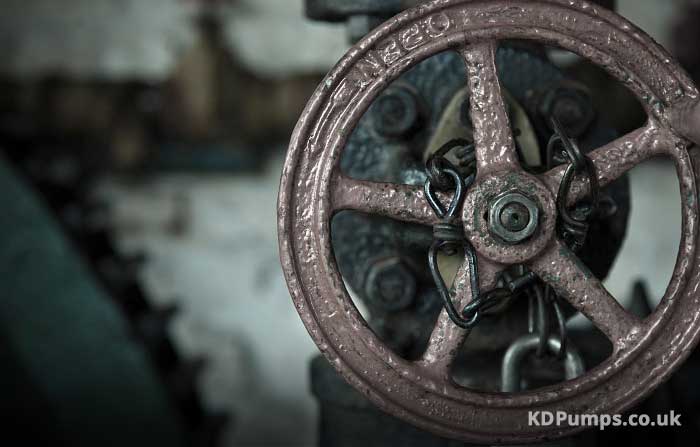
It’s very possible that your water mains valve is not fully open.
This valve is usually situated near the water meter on the exterior of your home.
It might be that the last time your home’s water supply was shut off, it was not fully opened completely.
So the mains water supply will not be flowing freely at maximum capacity, thus affecting your internal water pressure.
Check for Pipe Leaks
It’s important to check for any possible pipe leaks.
To do this it’s important to stop using any water in the house.
So firstly turn off the taps as well as any appliances that rely on a water supply.
Once you’ve done this, check the meter to see if it is still registering water usage.
If so, that could indicate that water is being used somewhere and could point to a leak located somewhere in your home.
Bear in mind that even a very small leak could result in a substantial reduction in water pressure.
So if you suspect that a leak is the cause for a low water pressure, it’s best to contact a qualified plumber to investigate where the leak is and have it fixed as soon as possible.
You may also check for leaks by conducting a quick inspection of your pipes to see if there are any damp spots directly beneath them.
Place paper towels or any absorbent material below them and check to see if they’re wet the following day.
Check for Toilet Leaks
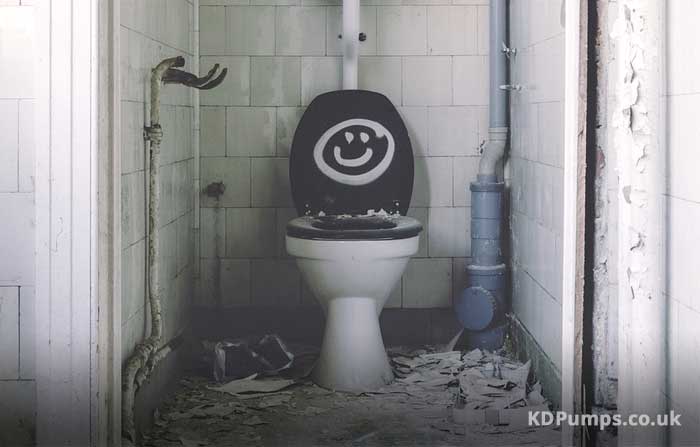
Toilet leaks are a very common problem, and can be a direct cause of reduced water pressure.
Check your toilet mechanisms to ensure that the flow from the cistern to the bowl is as it should be.
In order to check the toilet for leaks, pour a few drops of food colouring in the cistern.
After an hour, check if the food colouring made its way into the toilet bowl.
Obviously, make sure that you do not flush the toilet during this period.
If there is food colouring in the toilet bowl, then you need to repair the flapper or install a new one.
You may also notice that the toilet is filling up the cistern constantly.
If you can hear this whenever you go to check it, then the problem with your low water pressure is a direct result of the toilet.
Check for Blockages
Blocked pipes could also be the reason behind low water pressure.
Pipes can get blocked for a wide range of reasons.
If there’s a blockage, the water will not be able to flow as normal and so there will be a decrease in the water pressure.
The first way to verify if blocked pipes are the culprit is to notice whether the water pressure seems to be an isolated problem only with one or more taps, but not with others.
This shows that the blockage is localised.
In some cases you may just need to clean the filter that is found within the head of the mixer tap, as they tend to suffer from limescale build up.
If the problem persists you may need to have the pipes snaked to find the exact source of the blockage.
Inspect Pressure Reducing Valves
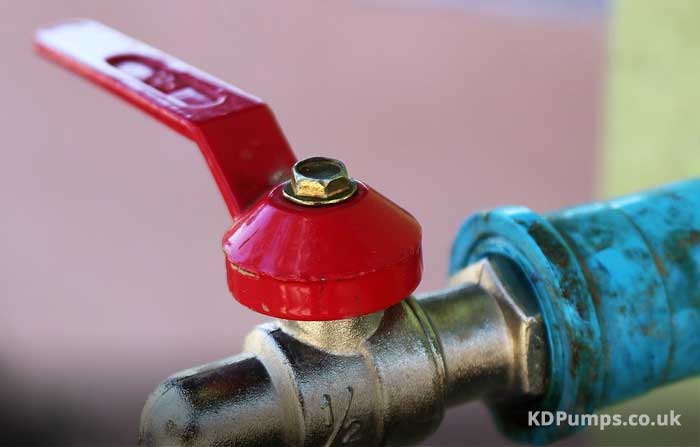
The pressure reducing valve is responsible for reducing the supply of water to a pressure level that is safe for the premises.
This valve is found where the line enters the building.
In most cases you just have to turn the knob or screw that is located on the top of the valve in a clockwise direction to increase the water pressure.
Be careful not to overdo this as it could cause damage to the plumbing.
If you do not notice any difference in the pressure, you may try to clean the parts or replace the valve entirely.
Test Your Water Softener
In case your home has a water softener installed, then the problem with the water pressure could be as a result of it.
Try setting it to ‘bypass’ to check if there is an improvement in the water pressure.
Increasing Water Pressure
The following guidelines could come in handy if you would like to increase your water pressure yourself.
Test Pressure Yourself
You may try to test the pressure yourself by acquiring a pressure gauge that can be attached to a hose pipe.
During this test make sure that there is no usage of water in your home.
If the pressure is lower than the water service claims it to be, then the problem could be coming from the water main.
In that case you may wish to talk to your water service provider to see if there can be any repairs carried out to solve the issue.
Another option would be to try to install a water pressure booster.
Install a Mains Water Booster Pump
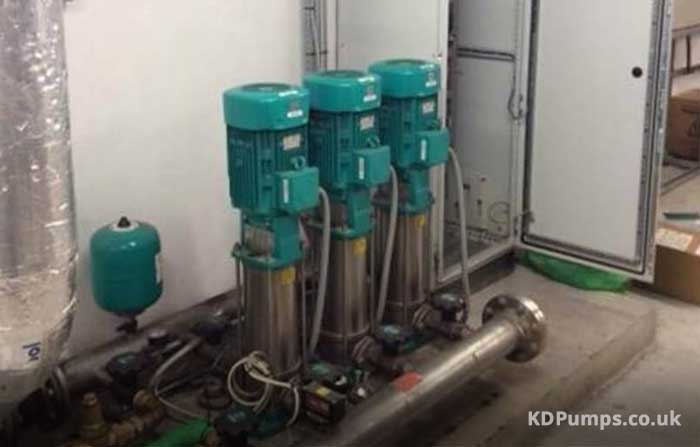
You may try to purchase and install a water pressure booster in case you have come to the conclusion that the low water pressure is resulting from poor utility company supply.
A mains water booster pump is however not recommended in case your pipes are old or possibly clogged, as the increase in water pressure could easily damage them or cause breakages or splitting..
Bear in mind that water pressure is directly affected by two main things:
- the distance the water needs to travel, and
- the gravity.
If your home is located uphill, then it is normal for the water pressure not to be as good as that in a home located downhill.
In such a case, a booster pump could be the best option to deal with low pressure.
Make sure that if you decide to have a booster pump installed, you first check that it is a pump that is approved by the Water Regulations Advisory Scheme and that it is in accordance with Water Regulations.
It is important that the pump does not over pressurise the water.
Such pumps can be rather expensive but if you cannot stand the low water pressure anymore, then this might just be the best solution.
Replace Old Supply Pipes
Locate the main supply line coming into your house.
Old galvanised pipes have a higher tendency of getting clogged either as a result of corrosion or mineral buildup.
This naturally ends up slowing down the flow of water.
If your old supply pipes seem to be worse for wear, then it might be time to replace them to solve the low water pressure problem once and for all.
Copper or plastic pipes are obviously much better and less prone to such problems.
Conclusion
Addressing a low water pressure problem requires a variety of checks and tests to understand what is the reason behind the problem.
Fortunately, there’s a variety of solutions and remedies, as the problem could be in just one tap, or else resulting from the whole supply in your area.
Hence solutions vary accordingly and you need to be aware of what you are dealing with in order to address it properly.

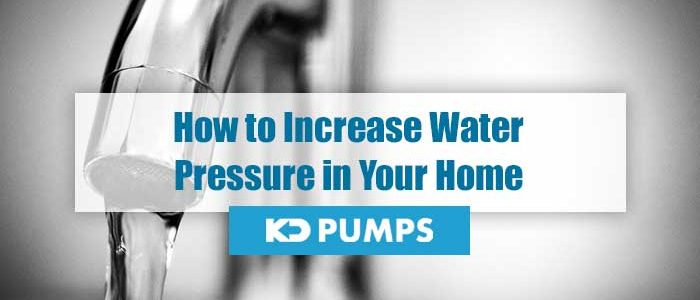
Comments are closed.